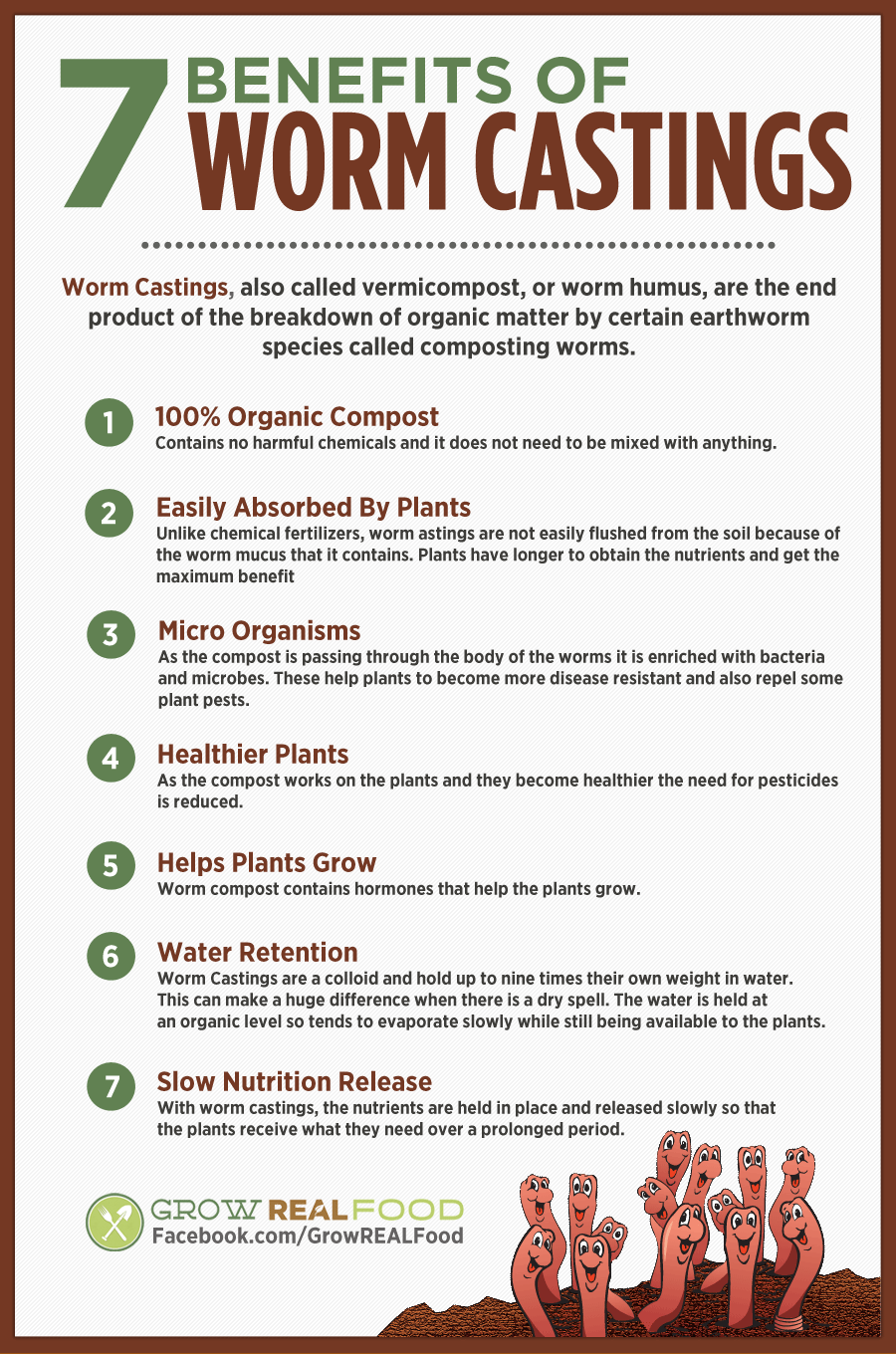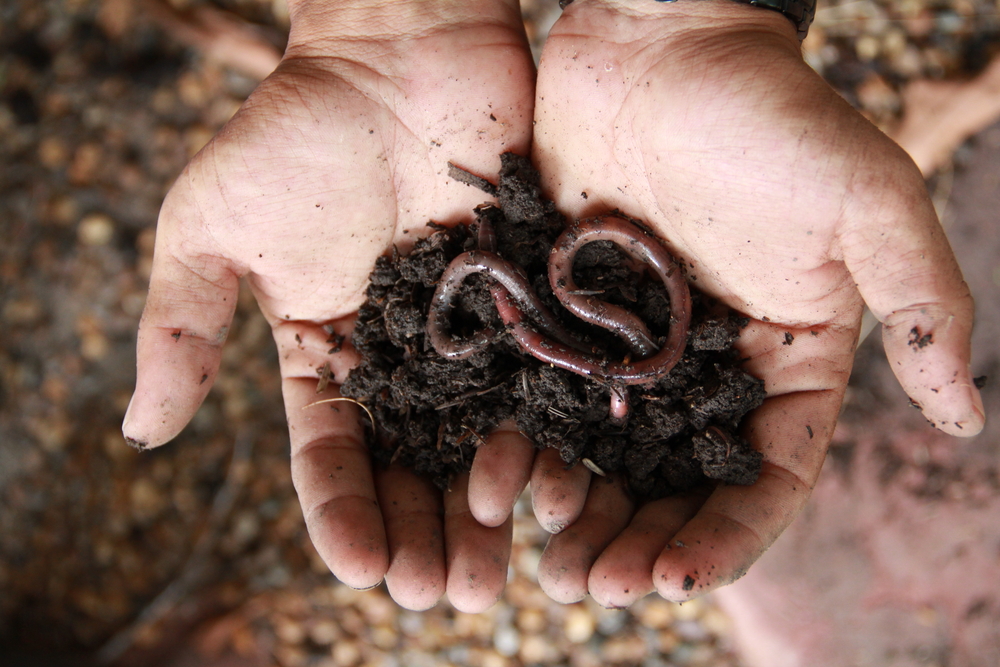Unknown Facts About North Carolina Worms
Unknown Facts About North Carolina Worms
Blog Article
The 5-Minute Rule for North Carolina Worms
Table of ContentsAll about North Carolina WormsWhat Does North Carolina Worms Do?The 4-Minute Rule for North Carolina WormsOur North Carolina Worms Ideas
Example: 1-gallon of worm castings to 4 gallons of potting mix. 1/2 mug in the base of the planting hole for smaller sized plants. 1 mug for larger plants.
The addition of tea can also include enhanced microbial biomass to your soil. You can constantly side-dress your plants with worm castings at any moment. Just remember, the bacteria will pass away if exposed to UV rays (Sunlight), so be sure to cover the spreadings with an inch or so of dirt.
This frustrated them for years until the testing approaches became better. It would certainly obtain better(with more spreadings), degree off, and after that decline. As well several worm castings would certainly accelerate the growth to a rate that the plant might not recover from.
The smart Trick of North Carolina Worms That Nobody is Talking About
I have expounded the virtues of worm spreadings for concerning 2000 words. Worm spreadings are no different. It takes time to produce quality worm castings.
Worm spreadings definitely set you back more than chemical plant foods. Worm castings are on the cheaper end of natural fertilizers. (50 gallons per year) It is a much tougher and extremely pricey financial investment to produce big amounts of worm castings.

Developing a healthy soil may be the best benefit of worm spreadings. Healthy dirt was discussed and just how crucial this has ended up being to everybody. The leading ten benefits of worm spreadings were likewise offered. We went over worm castings NPK and likewise the proper nutrient analysis that need to put on worm spreadings.
Examine This Report on North Carolina Worms
We chatted concerning some of the disadvantages associated with worm castings. I covered a great deal of product in this article. There are a lot of links (internal and outside). If you would like more info on a specific topic, please click with the links to read more. As constantly, feel cost-free to comment or ask inquiries.
The upright burrows are generally open, although the worms cover the leading with deposit and waste matter. Roots require oxygen for their development, whereas they produce carbon dioxide that requires to leave the soil.
Earthworms increase porosity by 2 devices: (1) by developing irreversible burrows, and (2) by enhancing soil gathering. Aggregation is improved by the blending of soil and raw material in the earthworms' digestive tracts. Lake James Bait. These extremely steady aggregates are transferred by some earthworms in their burrows, and by others at the surface of the dirt


In another study, earthworms were estimated to consume 4 to 10 percent of the top 6 inches of the dirt annually. Dirt compaction lowers the porosity of the dirt.
An Unbiased View of North Carolina Worms
Common earthworm populations can conveniently take in 2 lots of dry issue per acre annually, partly absorbing and mixing it with soil. The relevance of earthworms to mix surface area deposit with dirt ends up being really clear in dirts that do not have any earthworms. Many of our Pennsylvania soils contend least some earthworms, and the effect of their full absence, therefore, can not be kept in mind.
(https://www.afunnydir.com/North-Carolina-Worms_444624.html)In these dirts, the development of topsoil with affordable natural matter material did not happen, leading to poor crop development. As soon as the reason was developed, the government of the Netherlands started a campaign to present earthworms. After the intro of the earthworms, a dark topsoil layer was developed, and crop growth increased considerably.
They live mostly from partially decayed natural matter that is currently integrated in the soil. These varieties ingest large quantities of soil that they blend with digested plant residue in their guts.
Their burrows continue to be open, although they top the top with plant residue that they draw to the entryway. These varieties ingest substantial quantities of soil that they combine with digested deposit in their digestive tracts. Their excrement is mostly deposited at the surface area of the soil. The nightcrawler Lumbricus terrestris is one of the most popular participant of this group.
Report this page